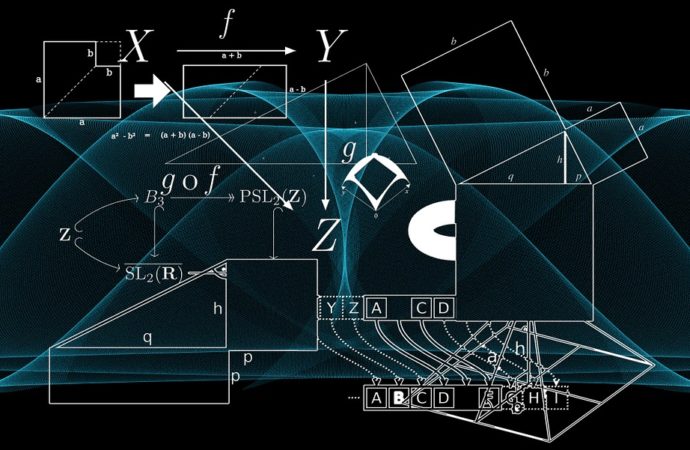Arithmetic progression is something we observe quite frequently in our daily lives. If you’re a student, you’ll observe progression in classrooms when the teacher calls out roll numbers. You’ll also observe progression in the days of a month. In simpler words, Arithmetic progression is a series of numbers where the difference between two continuous numbers
Arithmetic progression is something we observe quite frequently in our daily lives. If you’re a student, you’ll observe progression in classrooms when the teacher calls out roll numbers. You’ll also observe progression in the days of a month. In simpler words, Arithmetic progression is a series of numbers where the difference between two continuous numbers is the same. In other words, the series of numbers follows a specific pattern.
In this article, we will discuss real-life examples of arithmetic progression and how to find arithmetic progression in detail.
Arithmetic Mean
Arithmetic mean is referred to as the average of the data. It is simply the total of the data provided divided by the number of items in the series. Surprisingly, if three terms are in arithmetic progression, the second or the middle term is the arithmetic mean for the data.
For example, if there are three items 5, 7, and 9, 7 is considered as the arithmetic mean. Since, 5, 7, and 9 are in arithmetic progression, the second term i.e. 7 is considered as the arithmetic mean.
What is Arithmetic Progression?
In mathematics, Arithmetic Progression is a series of numbers where the difference between two continuous numbers is the same. It can also be written as A.P. For example, 5, 7, 9, 11… are in progression because the difference between 5 and 7, 7 and 9, 9 and 11 is the same and is constant.
How to Find Arithmetic Progression?
Before we understand the general formula, let us understand two important terms related to arithmetic progression.
First, common differences. The common difference is the difference between two consecutive numbers in the series or sequence that remains constant throughout. For example, the common difference between 4, 6, 8, 10, and 12 is 2, which is constant throughout the series.
Second, the first term. First-term in the sequence is the first item or the number in the sequence. For example, the first term in the sequence 4, 6, 8, 10, 12 is 4. Similarly, the first term in 5, 7, 9 is 5.
The general formula of this type of progression can be written as:
a + d, a + 2d, a + 3d, a + 4d… and so on
Where,
a = the first term
d = the difference between two consecutive terms that remains constant
Application of Arithmetic Progression in Real-life
Arithmetic Progression is a pattern that we can observe on a day-to-day basis. Given below are instances where this type of progression is implemented:
- If you are visiting a restaurant, you’ll observe 4-seater tables. When two 4-seater tables are joined, 8 people can sit together. However, when three 4-seater tables are joined, 12 people can sit together. This follows an arithmetic progression sequence.
- Arithmetic progression can be implemented when you’re waiting for a bus to arrive. Looking at the constant speed of traffic, you can forecast when the next bus is going to arrive, making it convenient for you.
- Another real-life example is when you’re traveling by taxi. Initially, you are charged a cost, which increases on a per kilometer basis. The cost charged on the basis of per kilometer is constant throughout your journey.
- When you visit a theater to watch a movie, you’ll observe that the seats in the theater are arranged in an arithmetic sequence.
- If you observe a clock, you’ll observe that the second’s hand, the minute’s hand, and the hour’s hand move in an arithmetic progression. Similarly, if you observe, the weeks and the years in the calendar also follow an arithmetic progression.
This type of progression is something that can be implemented in our day-to-day life. In general, it will give a different perspective towards how things can be understood and observed. Additionally, this will also help you face challenges and overcome them easily.
To learn more about Arithmetic Progression and how it can be implemented, visit Cuemath!








Leave a Comment
Your email address will not be published. Required fields are marked with *